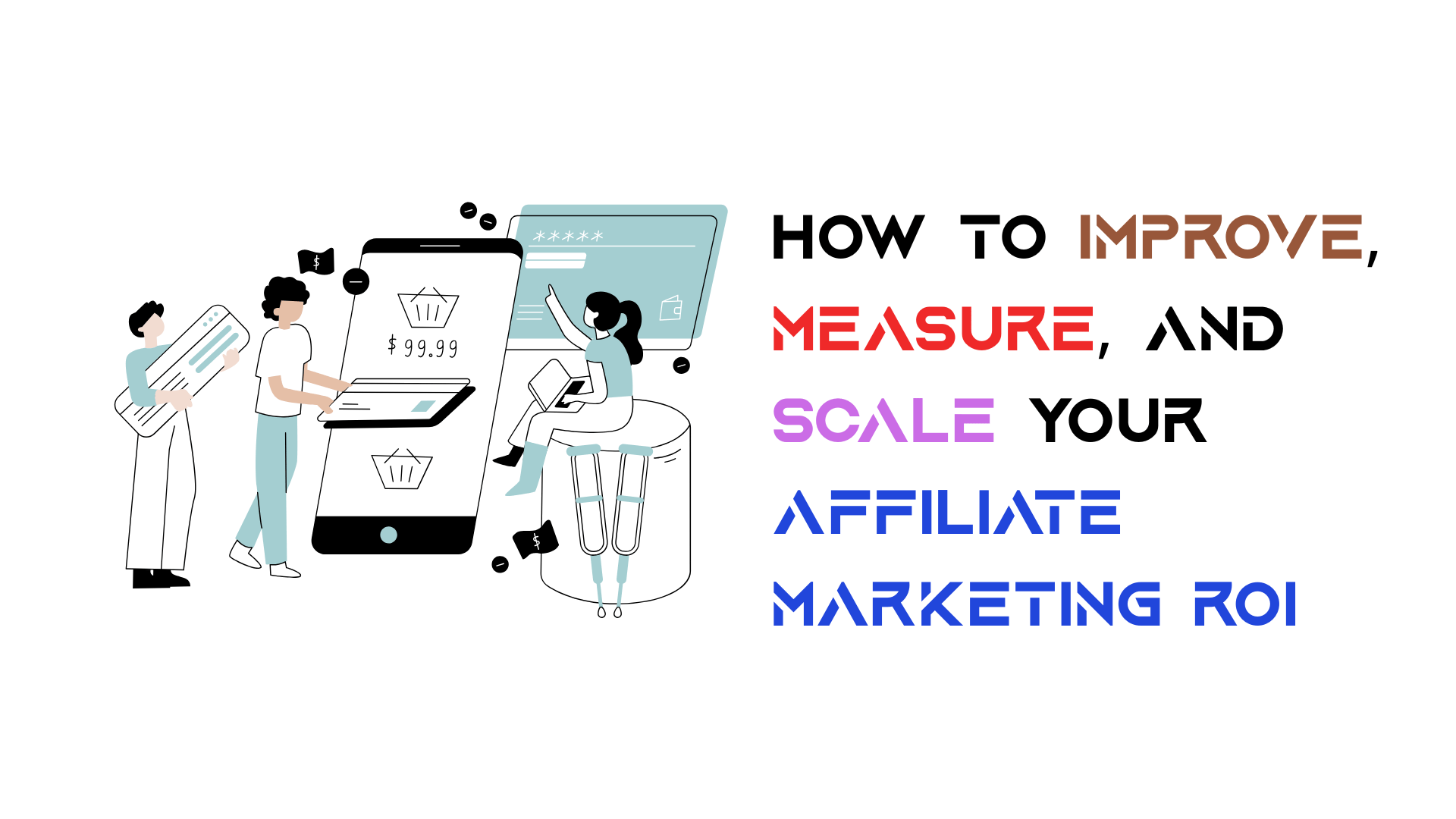Effective Tactics to Boost Lead Generation via PPC Campaigns
Introduction
Pay-per-click (PPC) advertising has rapidly become one of the most effective methods for businesses aiming to generate high-quality leads consistently. When combined with a solid Google ads management strategy, PPC allows you to target audiences based on specific factors like location, interests, and the exact search terms they use. This level of precision enables campaigns to deliver a steady flow of potential customers directly to your website.

However, choosing a few keywords and waiting for leads to come in is only one aspect of managing a successful PPC campaign. For your campaigns to succeed, every element must line up, from setting specific objectives to crafting persuasive ad copy and producing landing pages with a high conversion rate. This post will discuss the best practices for increasing PPC lead production and demonstrate how effective Google Ads management can convert those priceless hits into real conversions.
What is PPC and Why Does it Work for Lead Generation?
PPC is an ad model in which you pay for each click on your advertisement. The usual places for such campaigns are Google Ads and Bing Ads. You run a campaign toward users who already search for what you have. Effective Google Ads management ensures your campaigns are optimized to reach the right audience while maximizing your return on investment.
Here are some core reasons PPC excels at delivering leads:
a. Highly Targeted Reach
You can pinpoint your audience based on demographic data, search intent, and browsing behaviours—ensuring your ads appear to the right people at the right time.
b. Intent-Driven Traffic
Because your ads show up for users actively looking for your offerings, they’re inherently more likely to convert.
c. Measurable and Trackable
Metrics such as clicks, impressions, and conversions can be tracked in real time. This level of insight makes it easier to optimise campaigns and maximise return on investment (ROI).
Building a Strong Foundation for PPC Success
Before you start any PPC campaign, you’ll need a solid foundation. Proper preparation can save you time, money, and a lot of frustration in the long run. To tap into PPC’s full potential without managing every detail yourself, consider professional support from PPC agencies to maximise your return on investment and maintain a consistent flow of high-quality leads.
a. Set Clear Goals
Ask yourself what you want to achieve. Is your aim to grow your email list, encourage phone calls, drive traffic to an online booking system, or generate contact form completions? Defining your end goal helps shape your entire campaign strategy.
b. Define Your Audience
Make thorough buyer personas that incorporate psychographic information (such as hobbies, problems, and purchasing patterns) and demographic information (such as age, location, and occupation). You can better customize your advertisements the more you know about your target audience.

c. Conduct Keyword Research
Identify the search terms your target market is using. Tools like Google Keyword Planner or third-party alternatives (e.g., SEMrush, Ahrefs) can help you spot relevant, high-intent keywords. Look for a balance between search volume and competition to ensure you’re not overpaying for clicks.
d. Competitive Analysis
Investigate your competitors’ PPC strategies. Look at the keywords they’re ranking for, the ad copy they use, and their landing pages. Learning from their successes (and failures) can give you a leg up.
Crafting Ads That Convert
Your PPC ad is often the first interaction a potential customer has with your brand. To capture their attention and entice them to click, follow these best practices:
a. Focus on the Customer’s Problem
Identify your audience’s primary pain point and show how your product or service solves it. This approach resonates far more than simply listing features.
b. Create Compelling Headlines
Make your headline clear, direct, and relevant. Use action-oriented words that reflect the user’s search intent. Incorporate keywords to reinforce relevance.
c. Include a Clear Call to Action (CTA)
Tell readers what you want them to do next. Examples include “Get a Free Quote,” “Book Your Demo,” or “Speak to a Specialist.” A direct CTA can significantly increase click-through rates.
d. Utilise Ad Extensions
Ad extensions like sitelinks, call extensions, or location extensions provide additional context and increase the visibility of your ads. They can also improve your Quality Score, potentially lowering cost per click (CPC).
e. Test Multiple Variations
Don’t settle on a single ad copy. Run A/B tests with different headlines, descriptions, and CTAs. This iterative process helps you discover what resonates most with your target audience.
Designing Landing Pages That Deliver
A strong landing page is essential for capitalising on your paid clicks. Once someone clicks your ad, they should be taken to a page that reinforces your campaign message and makes it easy to convert.

a. Clear, Concise Headline
Ensure the page’s headline reflects the promise or message in the ad. Consistency between ad and landing page boosts user confidence.
b. Purposeful Layout
Keep the design simple. Place your key content and CTA above the fold, so visitors can immediately understand your offer and take action.
c. Minimalist Forms
Only ask for the information you absolutely need. Long forms can discourage users, leading to higher bounce rates.
d. Trust Signals
Incorporate testimonials, industry awards, or security badges to reassure users of your credibility.
e. Fast Loading Times
A slow-loading page can tank your conversion rate. Use tools like Google PageSpeed Insights to ensure your landing page is optimised for speed.
Advanced Strategies for Better Results
Once you’ve laid the groundwork, consider more sophisticated tactics to supercharge your results.
a. Remarketing
No visitor is forced to convert on his or her first visit. Rather, remarketing lets you show users who have previously engaged with your site targeted ads to draw them back in to complete the desired action.
b. Audience segmentation
Break down your audience into specific groups based on their browsing behavior, demographics, or interactions with your business. Tailor ads and messaging for each segment to boost relevance and conversions.
c. Smart Bidding
The beauty of the platforms, especially Google Ads, is that it uses automated bidding strategies, for instance, Target CPA and Target ROAS. That means through machine learning, Google automatically adjusts your bid in real-time for you, especially when juggling multiple campaigns or large keyword lists.
d. Ad Scheduling
Use data to pinpoint the days and hours when your audience is most active. By allocating budget and adjusting bids to those peak times, you can maximise lead generation without increasing overall spend.

Tracking and Optimising Your Campaigns
Even the most promising campaign can underperform if you’re not monitoring and adjusting it regularly. Keep a close eye on these essential metrics:
a. Click-Through Rate (CTR)
A low CTR might indicate mismatched ad copy or poor targeting. Test new headlines, descriptions, or extensions to improve relevance and appeal.
b. Cost Per Click (CPC)
Monitor your CPC to ensure it aligns with your budget and ROI goals. If it’s too high, refine your keyword list, explore longer-tail options, or improve your Quality Score.
c. Conversion Rate
This is the percentage of visitors who take your desired action (e.g., filling out a form or making a purchase). Low conversion rates may point to weak landing page design or an offer that doesn’t resonate with your audience.
d. Return on Ad Spend (ROAS)
ROAS indicates how much revenue your campaigns generate for every pound spent. This is a key metric for judging overall profitability.
e. Quality Score
Google’s Quality Score reflects the quality and relevance of your keywords, ads, and landing pages. A high score can lower your cost per click and boost your ad rank.
Use analytics tools like Google Ads reports, Google Analytics, and heatmaps to gather data and gain insights. This ongoing process of analysing and adjusting is central to maintaining and improving campaign performance over time.
Conclusion
PPC advertising offers a powerful, highly targeted means of generating leads—often faster and more predictably than many other online marketing channels. To tap into its full potential, it’s crucial to lay the right groundwork, craft compelling ad creatives, and deliver user-friendly, high-converting landing pages. Beyond that, advanced techniques like remarketing, audience segmentation, and smart bidding can take your campaigns to new heights.
Remember, continuous monitoring, testing, and optimisation are vital. PPC is not a “set-and-forget” channel; it requires ongoing refinement to maximise your return on investment. If you’d rather focus on your core business while ensuring your PPC campaigns run like clockwork, consider partnering with a specialised agency for expert support. Their insights and hands-on management can help you make the most of every click. Learn more about professional campaign management services here.
By employing the strategies above, you’ll be well on your way to creating consistent, high-quality lead flow through effective PPC advertising.





